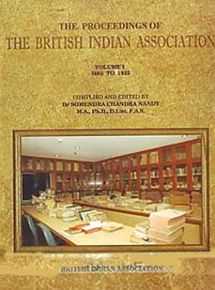
The object of the Association was ‘to secure improvements in the local administration of the country and in the system of government laid down by Parliament’.During the early years, the activities of the association consisted mainly of submissions of petitions tothe Government and to the British Parliament on grievances. The association took up issues on behalf of all the sections of society but occasionally it did made conscious efforts to protect the right of the landed aristocracy. Despite its shortcomings, it was the only association of Indians, which took up their causes and represented to the government.

In 1868, the East India Association had nearly 600 members. This number increased to 1,000 in 1878. Female members were admitted from 1912. The Association produced a journal (Journal of the East India Association), which included the papers that were delivered before their meetings. Papers and proceedings of these meetings were then produced in the Asiatic Quarterly Review, which eventually replaced the Journal of the East India Association. These lectures were usually delivered in the Association's regular meeting place - Caxton Hall, Westminster (i.e., Westminster Town Hall). Over the course of its existence, the Association would listen to lectures from a wide range of Indian and British men and women on a variety of matters like the economic development of India to literature to suffrage.
From the very beginning, the British Indian Association had an all-India outlook. Associations were formed in different parts of the country and they maintained correspondence with each other. Its first annual report noted with satisfaction the formation at Poona, Madras and Bombay successively of associations of similar nature.